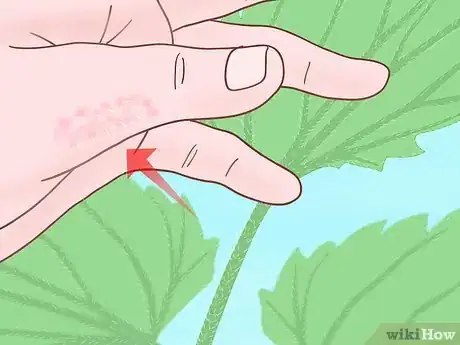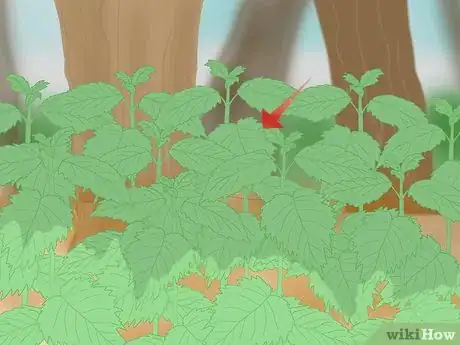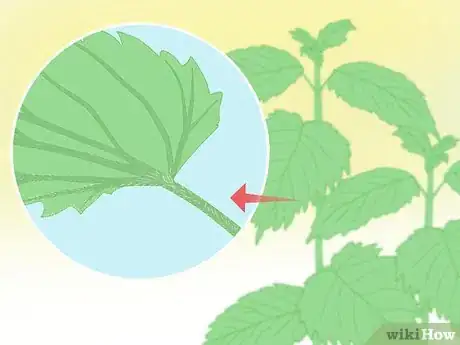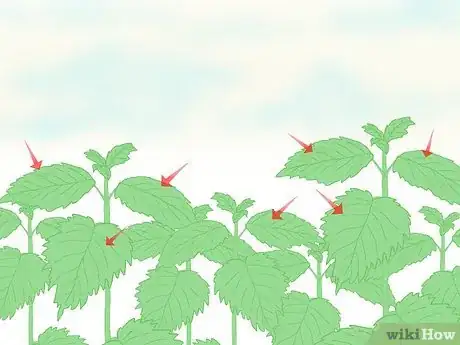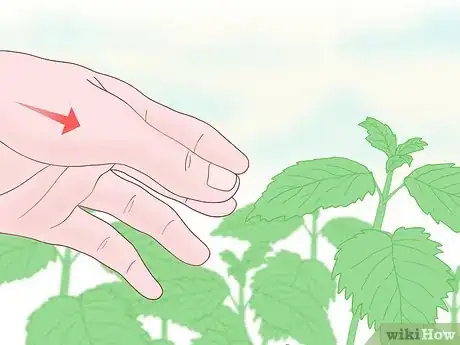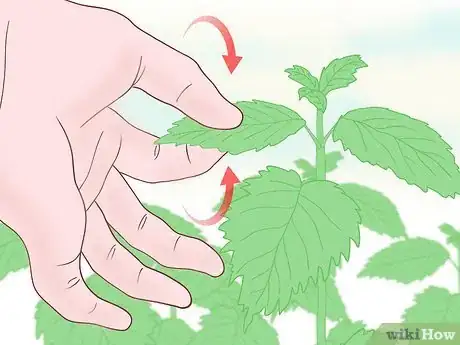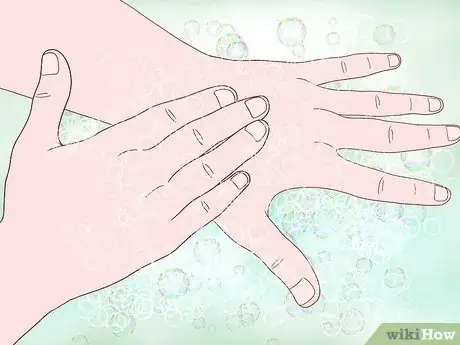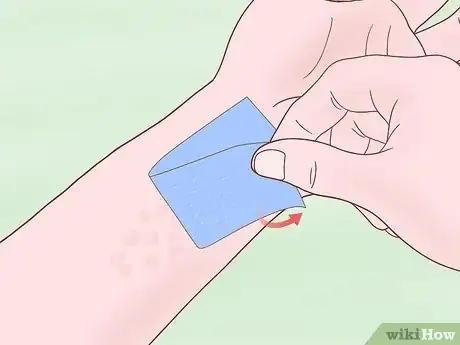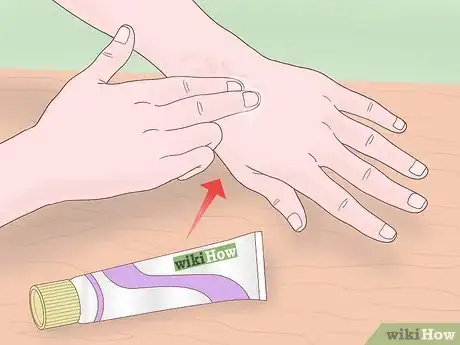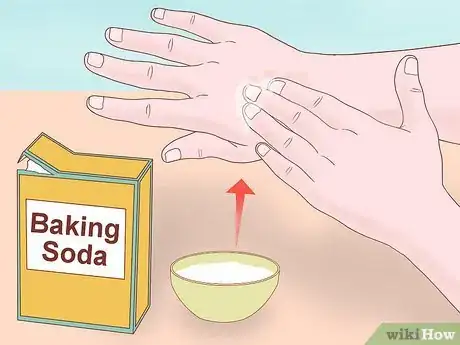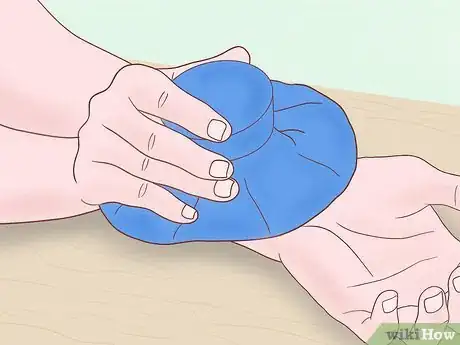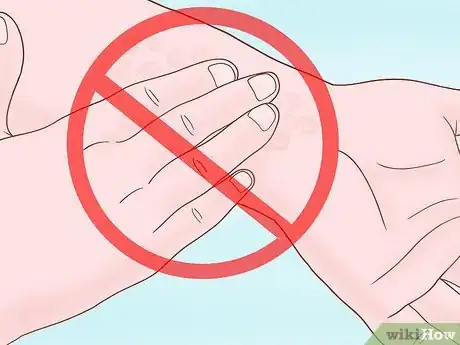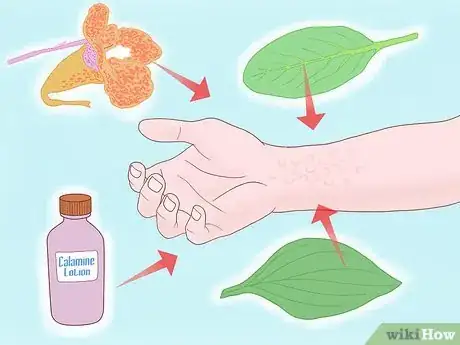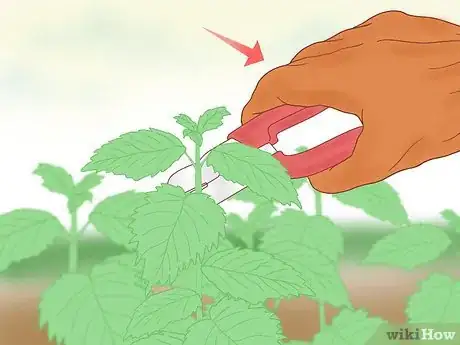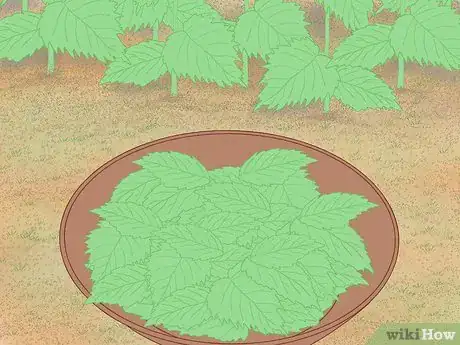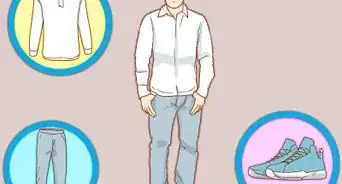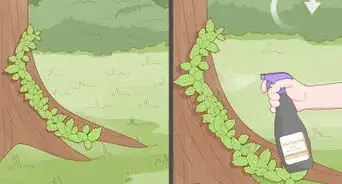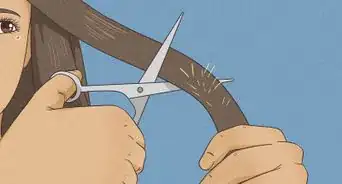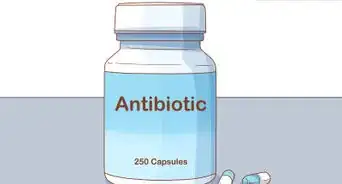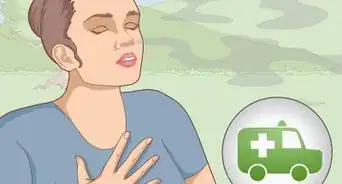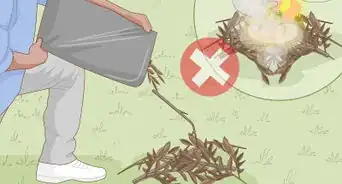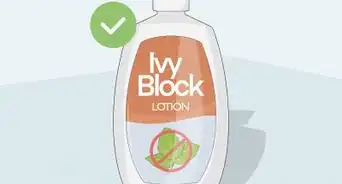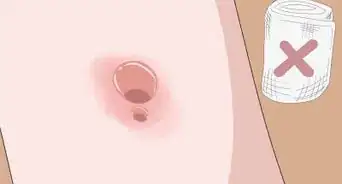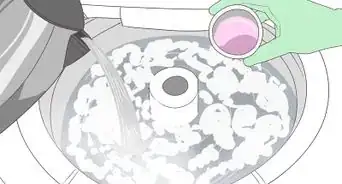This article was co-authored by wikiHow Staff. Our trained team of editors and researchers validate articles for accuracy and comprehensiveness. wikiHow's Content Management Team carefully monitors the work from our editorial staff to ensure that each article is backed by trusted research and meets our high quality standards.
There are 11 references cited in this article, which can be found at the bottom of the page.
wikiHow marks an article as reader-approved once it receives enough positive feedback. In this case, 85% of readers who voted found the article helpful, earning it our reader-approved status.
This article has been viewed 111,873 times.
Learn more...
Nettles can deliver a painful sting and produce nasty, blistering rashes. Some experienced nettle harvesters pick them with bare hands, but they benefit from years of building resistance. It is possible to pick nettles without hurting yourself, but expect to get stung several times as you learn how to do it.
Steps
Avoiding Stings
-
1Understand how nettles sting. Nettles are covered with tiny hollow hairs, filled with irritating chemicals. When you brush against these hairs, the tip breaks off and releases these chemicals, causing the sting.[1] To harvest nettles with bare hands, you'll need to learn to touch the plant without breaking the hairs.
-
2Choose a plant in the shade. Nettle plants vary greatly. Some have almost no hairs, while others are covered in them. There is one useful pattern you can use, however: plants in full shade tend to have many fewer hairs than plants grown in the sun.[2]Advertisement
-
3Look closely for the hairs. Typically, a nettle has stinging hairs mostly on the underside of the leaf, and little to none on the top surface. These should all lie along the leaf pointing from the central cleft to the outer edges.[3]
- Don't assume your plant will match this description. Nettle plants have a high degree of variation, and the name "stinging nettle" actually describes at least two species.[4] [5] Look for the hairs with your own eyes.
- The stem also has hairs. These angle down or up the stem on some plants, but poke out perpendicular to the stem on others. If your plant looks like the last type, it's best to avoid the stem completely.
-
4Choose a leaf near the top of the plant. It's easy to get stung by another leaf when you're focused on the one you're grabbing. Stay near the top of the plant, where the leaves are smaller and less likely to brush against your hand from above.
- Nettles often grow in dense patches, so keep an eye out for nearby plants swaying toward you.
-
5Approach the leaf from the direction the hairs are growing. You're less likely to break the hairs if you grasp from the base of the hairs, rather than run your hand into the tips.
- If the stem looks safe to grab (with angled hairs), aim for a spot just below the leaf. This will make it easier to pluck the leaf off the plant.[6]
-
6Pinch the leaf firmly. A quick, firm grasp is your best bet to avoid breaking the hairs. If you're too gentle, you'll almost always snag a hair and break it. Once pinched, you can twist the leaf and pluck it off the plant.
- There's no guarantee you won't get stung even with this method. Try this at your own risk.
Treating Nettle Stings
-
1Wash with soapy water. This will wash away any nettle hairs stuck in your skin, and relieve the pain slightly. If you don't have access to water, just brush your skin with a cloth or your shirt.[7]
-
2Remove stuck hairs with tape. If you end up falling onto a large number of hairs, peel them off with a piece of adhesive tape.[8]
-
3Apply an antihistamine cream. The nettle's hairs contain many chemicals, and studies contradict each other about what causes the pain.[9] However, histamine is a strong candidate, as are two other neurotransmitters called acetylcholine and serotonin. Spreading an antihistamine cream over the stung area can greatly reduce the effect of these chemicals.[10]
-
4Wipe with a baking soda paste. Some subspecies of nettle contain tartaric and oxalic acids, which may extend the duration of the pain.[11] Since baking soda is a base, it's possible a paste of baking soda and water may help neutralize these acids.
- This remedy may have been invented when nettle stings were thought to contain formic acid. As it turns out, the concentration of formic is probably too low to cause an effect.
-
5Apply cold compresses. To relieve itching, wrap a cold pack or bag of ice in a towel and press against the rash. Leave it there for up to 20 minutes.
-
6Go easy on the affected skin. If you get a severe reaction, do your best to avoid touching it. Wear lightweight clothing and sleep under light blankets to minimize the irritation. Take lukewarm baths or showers, as heat can aggravate the itching.[12]
-
7
Harvesting Nettles for Food
-
1Considering protecting your hands. Although experienced nettle harvesters often go bare-handed, this isn't just because they know how to avoid stings. Many of them have become resistant to the stings over years of exposure, while others enjoy the sensation. Consider wearing gloves, or plucking the nettles with tongs.[15]
- Nettle is a traditional treatment for arthritis, and there's some scientific evidence that it works.[16] So if you suffer from arthritis in the hands, getting stung may actually reduce your pain!
-
2Harvest young nettles. Mature nettles may contain calcium oxalate crystals, which can trigger gout episodes or irritate the urinary tract. When picking nettles to eat, look for young plants that have not yet flowered.[17] Look for these in early to mid spring in most areas.[18]
- Burning nettle, a very similar plant often mistaken for stinging nettle, can germinate anywhere from late fall through early spring. In mild coastal climates, it may flower year round.[19]
-
3Cook, freeze, or dry to remove the sting. Any of these processes will neutralize the nettle and make it safe to eat.[20] The two most common uses for nettle are nettle soup and nettle tea.
References
- ↑ http://www.wolfcollege.com/stinging-nettle-harvesting-processing-and-recipes/
- ↑ https://nph.onlinelibrary.wiley.com/doi/pdf/10.1111/j.1469-8137.1984.tb03615.x
- ↑ http://www.wolfcollege.com/stinging-nettle-harvesting-processing-and-recipes/
- ↑ https://nph.onlinelibrary.wiley.com/doi/pdf/10.1111/j.1469-8137.1984.tb03615.x
- ↑ http://www.ipm.ucdavis.edu/PMG/PESTNOTES/pn74146.html
- ↑ https://www.youtube.com/watch?v=D9ZdKdhKfcw
- ↑ http://www.health.govt.nz/your-health/conditions-and-treatments/accidents-and-injuries/bites-and-stings/stinging-nettles
- ↑ https://www.healthychildren.org/English/health-issues/conditions/skin/pages/Splinters-and-Other-Foreign-Bodies-in-the-Skin.aspx
- ↑ https://nph.onlinelibrary.wiley.com/doi/pdf/10.1111/j.1469-8137.1984.tb03615.x
- ↑ http://www.compoundchem.com/wp-content/uploads/2015/06/The-Chemistry-of-Stinging-Nettles.png
- ↑ http://www.compoundchem.com/wp-content/uploads/2015/06/The-Chemistry-of-Stinging-Nettles.png
- ↑ http://www.health.govt.nz/your-health/conditions-and-treatments/accidents-and-injuries/bites-and-stings/stinging-nettles
- ↑ http://www.compoundchem.com/wp-content/uploads/2015/06/The-Chemistry-of-Stinging-Nettles.png
- ↑ http://bioweb.uwlax.edu/bio203/2011/homolka_kail/cure.htm
- ↑ https://www.youtube.com/watch?v=P9mYTIB1Tqc
- ↑ http://news.bbc.co.uk/2/hi/health/771563.stm
- ↑ https://www.youtube.com/watch?v=D9ZdKdhKfcw
- ↑ http://www.ipm.ucdavis.edu/PMG/PESTNOTES/pn74146.html
- ↑ http://www.ipm.ucdavis.edu/PMG/PESTNOTES/pn74146.html
- ↑ http://www.chowhound.com/food-news/55492/how-do-you-eat-nettles-without-getting-stung/
- ↑ http://www.ipm.ucdavis.edu/PMG/PESTNOTES/pn74146.html
About This Article
To touch nettles without stinging yourself, choose plants in the shade as they tend to have fewer hairs than those in the sun. Next, look closely for the hairs, which typically grow on the underside of the leaf. Choose a leaf near the top of the plant, where they are smaller and less likely to brush against you from above. Then, approach the leaf from the direction the hairs are growing, pinch it firmly, and twist it off. To learn how to treat nettle stings as well as to harvest nettles for food, keep reading!
